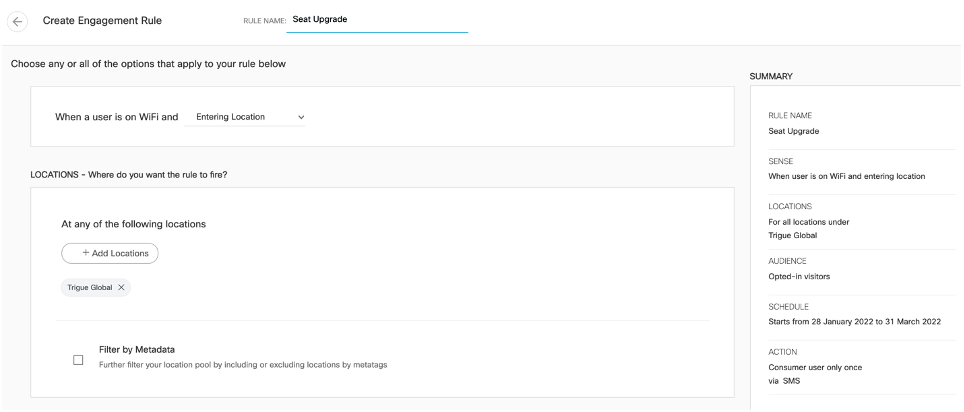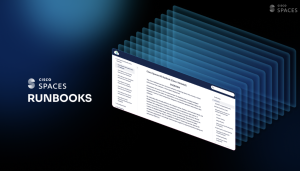
Customer experience is becoming increasingly important in today’s competitive business world. It is the key to creating a positive and lasting impression. By delivering a great customer experience, businesses can gain an edge over their competitors. Providing an excellent customer experience involves more than just providing good customer service. In a retail setup, it encompasses all of the interactions a customer has in your store, from the initial contact to post-sale follow up. Every touch point should be an opportunity to make a positive impact on your customer. This is where contextual engagements come in.
What is at-location contextual engagement in retail?
Retail stores need to keep up with the changing landscape of customer engagement and shopping behavior, so they can ensure their customers get an enjoyable and personalized in-store experience. To do this, retailers must leverage technology to create contextual engagements for their customers. This means understanding the context (who, where, when, what) of each individual customer visit, including the person’s needs and preferences, past behavior and the customer’s location in the store.
The facets of contextual engagement
By using contextual engagements, retailers can create more meaningful interactions with customers that lead to higher levels of satisfaction. For example, a customer could be provided with personalized recommendations based on their past purchases or even their current location in the store. Additionally, contextual engagements allow stores to provide relevant information such as promotions or recommendations to customers while they are shopping. By implementing contextual engagements, retailers are able to leverage important customer data and ultimately build a solid customer loyalty program.
In-store contextual engagement should include the following…
1. Engagement based on identity, location and action
The primary goal of contextual engagement is to ensure that the right messaging is delivered at the right time. Relevant campaigns need to be tailored to each customer’s individual preferences and delivered in the right context. This form of engagement helps build customer loyalty and trust, as customers feel the store understands them and their needs. Additionally, engagement based on identity, location and action is also an effective way for marketers to measure the success of their campaigns in real time. By monitoring how users interact with the content, marketers can gain insights into what resonates most with their target audience and adjust their strategies accordingly. This data-driven approach leads to higher levels of customer loyalty and more successful outcomes.
2. Communication across multiple channels
To ensure the right customer experience, retailers must also ensure that engagements are delivered automatically through the most relevant channel for the customer – be it SMS, email, push notification, API trigger, etc. Delivering contextual engagements across multiple channels requires careful planning and consideration. By understanding the customer journey, you can tailor your messages to be meaningful at every point of contact. This is done through segmenting customers into distinct groups based on their behaviors and preferences, such as demographics, past purchases or location in the store. By understanding the customer’s preferences, the store can create unique experiences that boost engagement and loyalty.
3. CRM integration
Customer data segmentation is also crucial in building a loyalty program. The ability to integrate data into Customer Relationship Management (CRM) software enables businesses to connect their customer data across different systems, leading to a more streamlined and efficient workflow. With CRM integration, organizations can access all customer data from one place and update it across multiple systems at once. This provides improved visibility into customer interactions, enabling a more comprehensive view of customer relationships. CRM integration enables businesses to deliver higher levels of service while still being able to manage their data efficiently.
4. Real time notifications to business teams
Contextual engagement should go beyond just customer engagement and also be able to deliver notifications to various business teams in real time. Such as when a high value customer walks in. This gives staff the ability to offer them differentiated experiences.
Contextual engagements through Cisco Spaces
Cisco Spaces delivers contextual engagements using just your existing wireless network and the Engagements app. With Cisco Spaces, retailers can use a rule engine to configure and trigger automatic, location-based engagements across multiple channels – SMS, Email, Captive Portals or App Push.

These engagements can vary from personalized greeting upon entry to promotions, localized and limited time-bound offers, etc. Engagements can also be used to drive app downloads, credit card and loyalty promotions and engage customers in NPS surveys upon exit. It also enables stores to build a tailored and relevant loyalty programme, based on customer action (where they spend the most time, which day of the week they are most likely to visit, etc) by providing integrations to enterprise systems.
You can try Cisco Spaces for free today.




